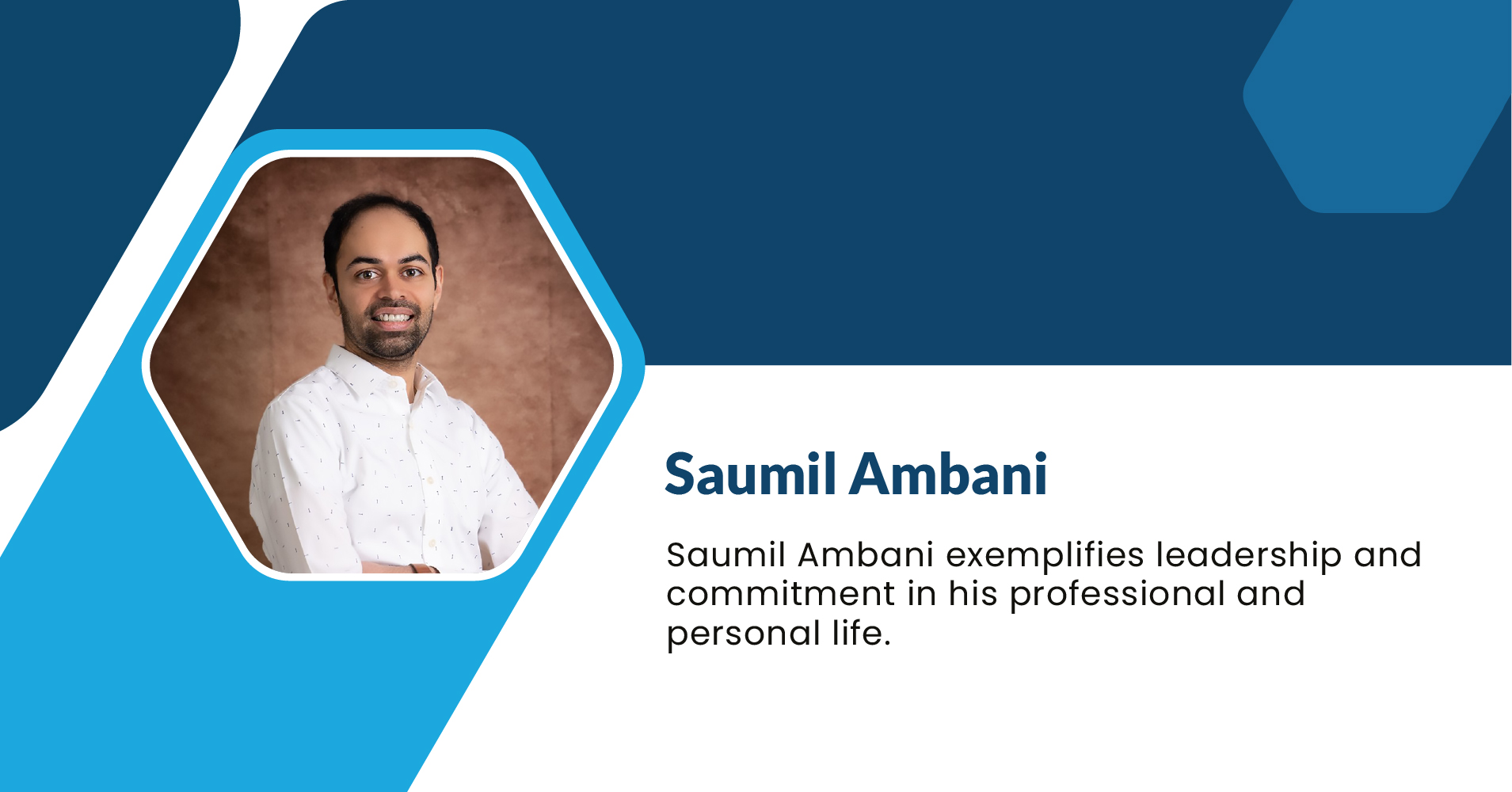
Building a robust team is more critical than ever in today’s fast-paced business environment. A company’s success is largely dependent on its employees’ ability to innovate, collaborate, and drive results. This article explores effective strategies for hiring, training, and retaining top talent, ensuring that your organization attracts, nurtures, and retains the best possible workforce.
The Hiring Process: Finding the Right Fit
Hiring the right talent is the first step in building a successful team. It’s about finding individuals who have the necessary skills and experience, fit well with the company culture, and share the organization’s values.
Crafting Clear and Attractive Job Descriptions
Finding the right candidate starts with a clear and detailed job description. It should accurately reflect the responsibilities, required skills, and expected outcomes. Additionally, highlighting your company’s unique benefits and opportunities can set you apart from competitors and attract more qualified applicants.
Utilizing a Variety of Recruitment Channels
To widen your talent pool, utilize multiple recruiting channels. Traditional job postings, online job boards, social media platforms, and professional networking sites are effective tools. Employee referrals and recruitment agencies can also bring in candidates who might have yet to be reached.
Structured Interview Process
Implement a structured interview process that assesses technical and soft skills like communication, teamwork, and problem-solving. Behavioral interview techniques can help predict how a candidate will perform in real-life situations based on their past experiences.
Training and Development: Investing in Your Team
Once you have hired the right people, the next step is to ensure they have the tools, skills, and knowledge necessary to succeed. Investing in your employees’ development boosts productivity and increases job satisfaction and loyalty.
Onboarding Programs
Effective onboarding programs are crucial for helping new hires integrate into the company. These should comprehensively introduce the company’s culture, processes, and expectations. A good onboarding experience can greatly influence a new employee’s ability to perform and their overall perception of the organization.
Continuous Learning and Development
Ongoing training and development opportunities are vital for employee growth and retention. Offering workshops, seminars, certifications, and tuition assistance for further education demonstrates your investment in employees’ career advancement. This enhances their skills and helps keep them motivated and engaged.
Leadership Development
Identify potential leaders within your organization and provide them with leadership training. This prepares them for higher roles within the company and helps in succession planning. Developing leaders internally can be more cost-effective than hiring externally and helps maintain the continuity of the company culture.
Retention Strategies: Keeping Your Best Employees
Retaining top talent is as important as hiring them. High turnover rates can be costly and disruptive. Effective retention strategies can help maintain a stable and motivated workforce.
Competitive Compensation and Benefits
Offering competitive salaries and benefits packages is fundamental to retaining employees. Regularly review and adjust these packages to reflect market conditions and recognize individual and team contributions. Benefits such as health insurance, retirement plans, and flexible working conditions can differentiate your company from others.
Employee Recognition and Rewards
Recognizing and rewarding employees for their hard work and achievements can boost morale and loyalty. Implement recognition programs that celebrate milestones, exceptional performance, and contributions to team success. These can range from simple public acknowledgments to performance bonuses or extra vacation days.
Building a Positive Workplace Culture
A positive workplace culture that promotes mutual respect, diversity, and inclusion can greatly enhance employee satisfaction and retention. Encourage open communication, teamwork, and a work-life balance. Ensuring that employees feel valued and understood goes a long way in fostering loyalty and dedication.
Career Advancement Opportunities
Providing clear paths for career advancement within the organization is crucial. Employees are more likely to stay with a company if they see personal and professional growth opportunities. Regularly discuss career aspirations with employees and provide them the support needed to achieve their goals.
Building a successful team involves more than just hiring the right people; it requires a commitment to developing and retaining that talent. By implementing effective hiring practices, investing in training and development, and creating a supportive and rewarding work environment, businesses can ensure that they not only attract but also maintain a skilled and dedicated workforce. In the ever-evolving business landscape, the ability to build, train, and retain a top-performing team is a crucial component of sustained success.